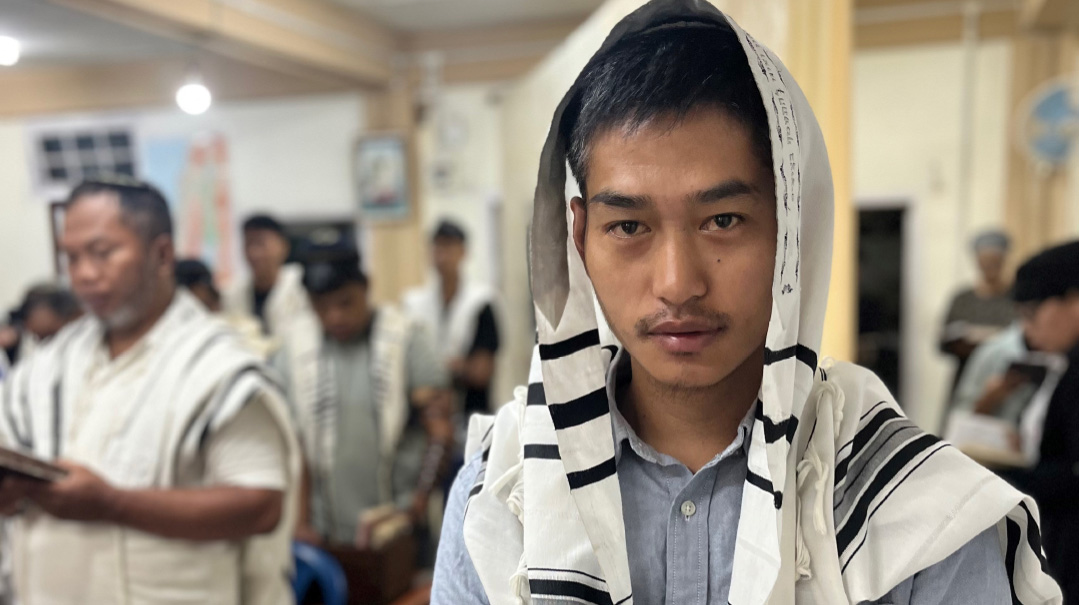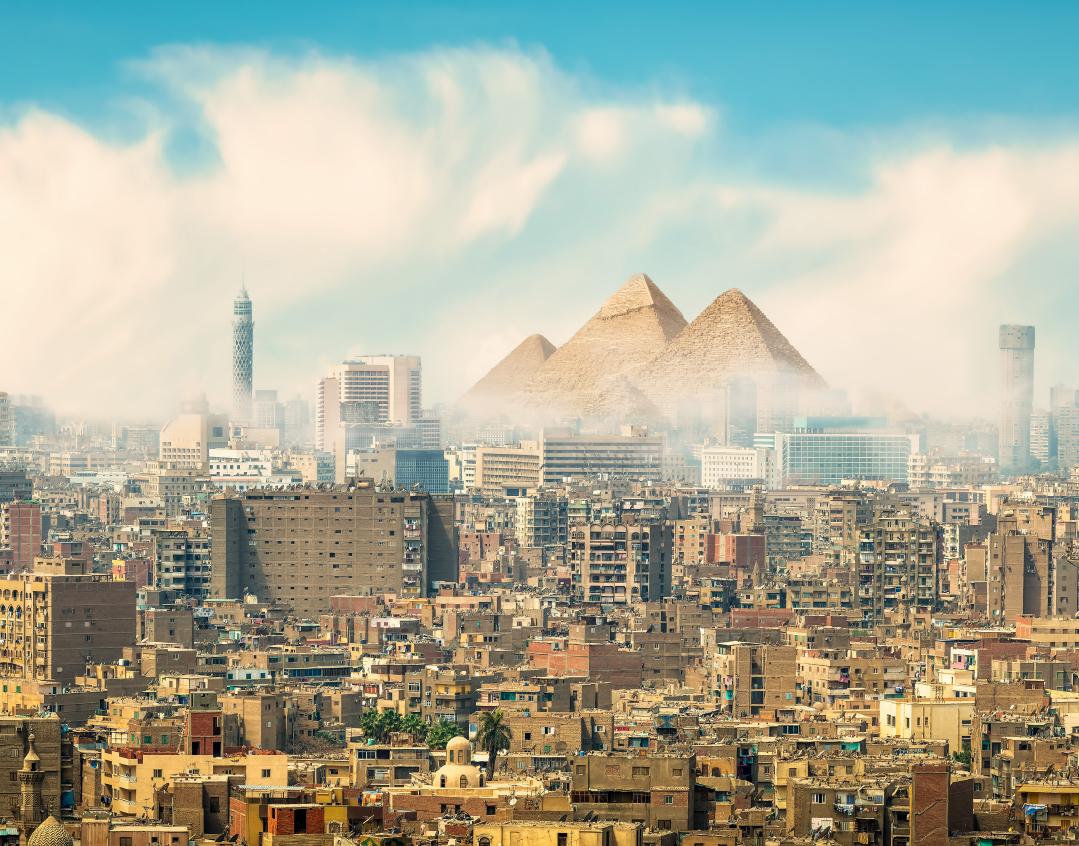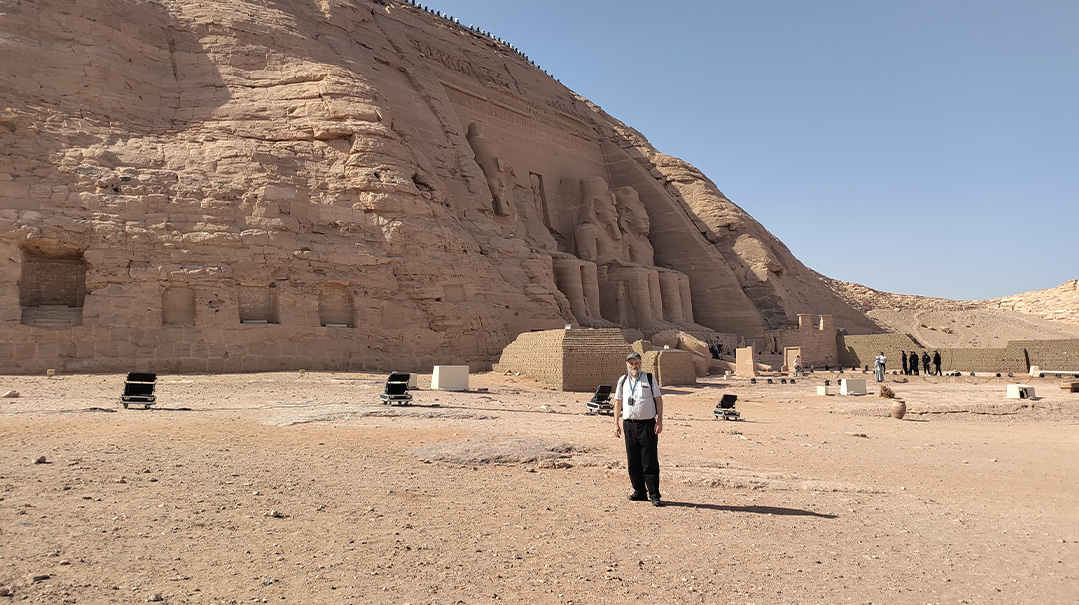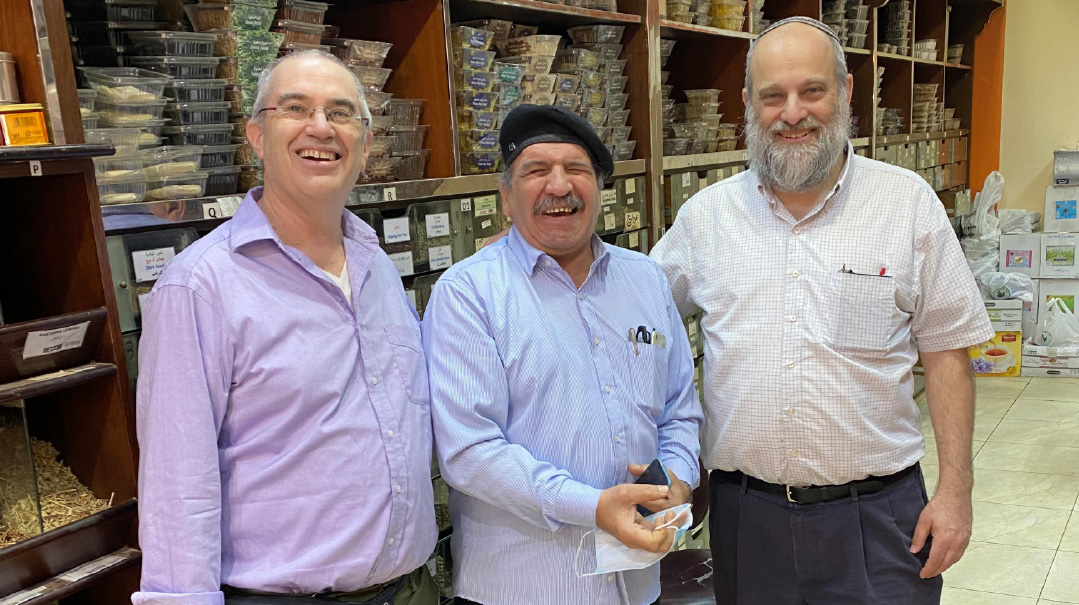Royal Welcome
| September 13, 2022Ari and Ari visit the Jews of Scotland
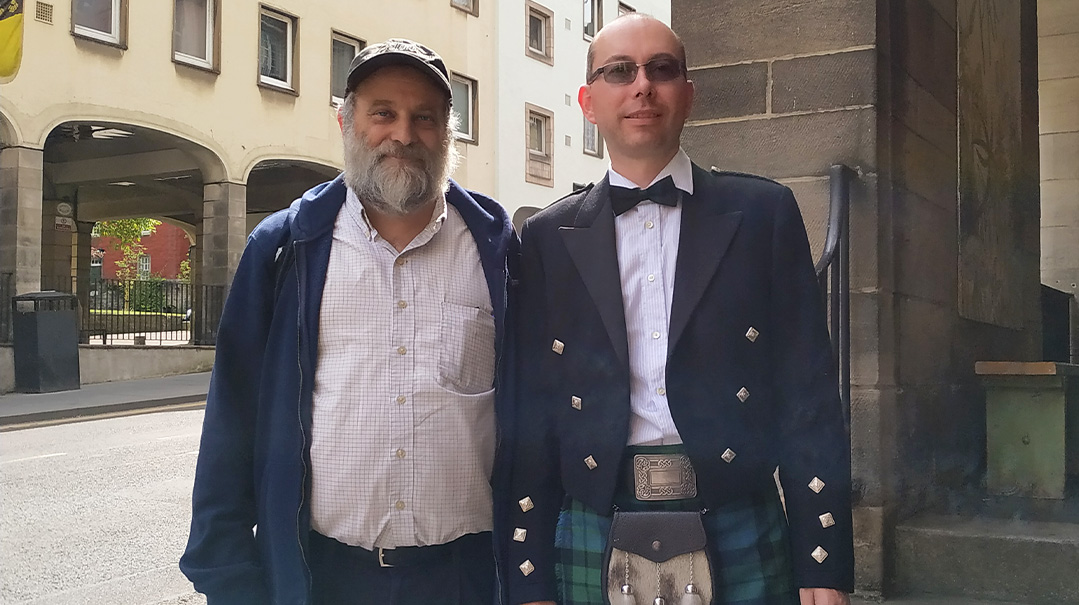
Text and photos by Ari Z. Zivotofsky and Ari Greenspan
It’s not quite as northern as the “land of the midnight sun,” but even though the days in Scotland are quite long, the sun has not yet set on the Scottish Jewish community. While many people believe the main reason to visit Scotland is to take whisky tours (and indeed they put it everywhere for tourists, even in ice cream and hand soap), we were there to meet the Jews of Scotland and learn about their history.
Scotland is physically and governmentally a part of the United Kingdom (although with its own devolved parliament that deals with health, education, and several other issues independently), and while the Scottish Jewish community does have connections to other UK communities, it very much has its own history and identity.
Today, there are today two main centers of active Jewish life, located in Scotland’s two largest cities, Glasgow and Edinburgh. These two communities are quite intertwined, despite the sentiment among the general population in Glasgow, related to us by several taxi drivers, that “the best thing to come out of Edinburgh is the train to Glasgow.” (Although to be honest, speaking to the locals, with their trademark Brogue accents, was often a challenge. In fact, poskim have even taken note — a teshuvah of the Minchas Yitzchak (3:120) states that in Scotland, names in a get should be written in accordance with their unique pronunciation.)
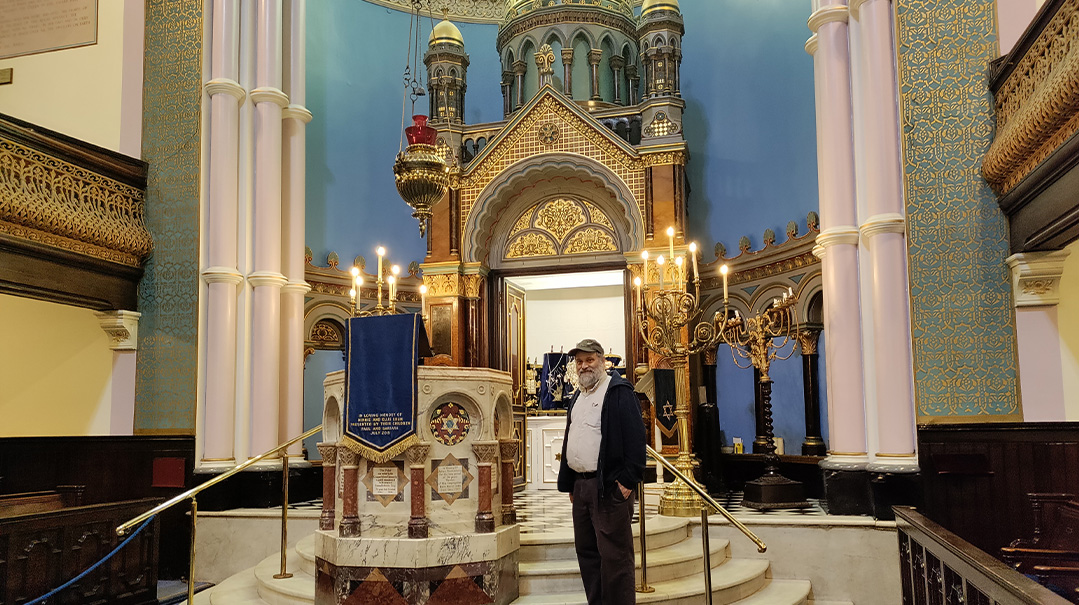
Sense of Community
While the Jewish population is in decline, there are still approximately 5,500 Jews in Scotland, about 4,000 of them in Glasgow. Organized Jewish life didn’t begin until the early 19th century, but there might have been some Jews in Scotland hundreds of years earlier: As early as 1180, the bishop of Glasgow warned Christians about borrowing money from Jews. Throughout the early 19th century, a trickle of Jews looking to escape pogroms in Eastern Europe settled in Glasgow, and by the 1870s, with around 1,000 Jews in the city, the community made plans to build a shul building. The site they chose at the corner of Garnet and Hill Streets gave the name to the shul that still stands at that location: the Garnethill Synagogue. This was in an affluent area that today is in the heart of downtown Glasgow. The magnificent Victorian-style synagogue was officially opened in 1879 by Rabbi Hermann Adler, who would later become chief rabbi of the British Empire. (The shul was extensively renovated in 1998 and rededicated by Chief Rabbi Lord Jonathan Sacks.)
Oops! We could not locate your form.


